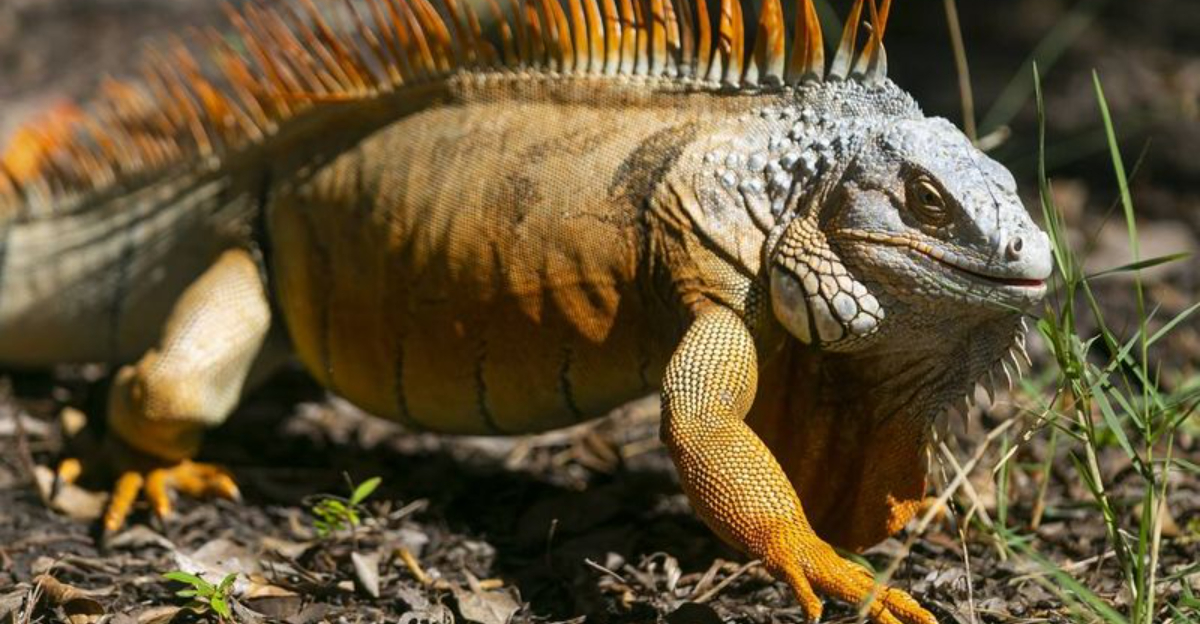Florida’s sunny paradise has become the epicenter of an unexpected reptilian invasion.
Non-native snakes and lizards are wreaking havoc on local ecosystems, devastating native wildlife and causing significant infrastructure damage.
As a Florida resident for over two decades, I’ve witnessed this growing crisis firsthand, and the situation continues to worsen each year.
Burmese Pythons: Apex Predators in the Everglades
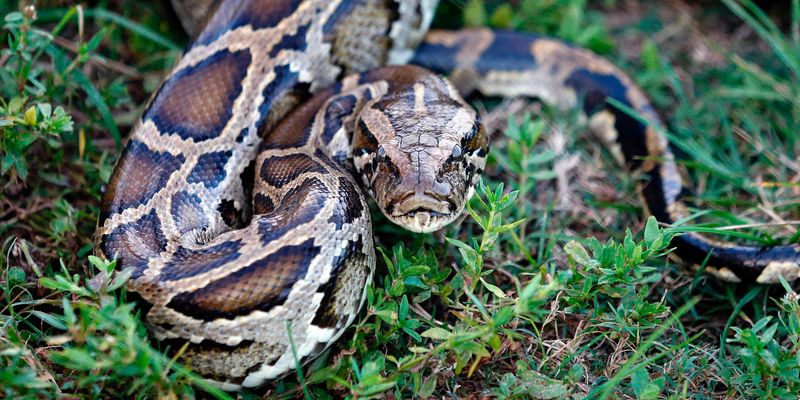
These massive snakes have transformed the Everglades into their personal hunting grounds. Released by overwhelmed pet owners in the 1980s, Burmese pythons now number in the hundreds of thousands.
They’re consuming everything: raccoons, deer, even alligators! Scientists estimate they’ve wiped out nearly 90% of small mammal populations in some areas.
Their camouflage makes detection nearly impossible, and females can lay up to 100 eggs annually, creating the perfect storm for an invasive takeover.
Green Iguanas: Gardeners’ Nemeses
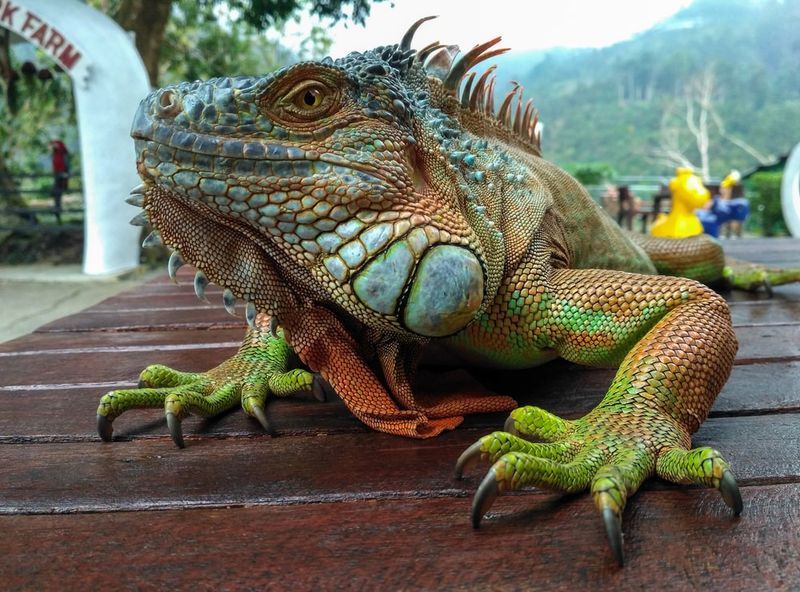
My prized hibiscus never stood a chance against the green iguana invasion. These herbivorous lizards from Central America feed on ornamental plants, damage seawalls with their burrows, and leave droppings in their wake.
Green iguanas thrive in South Florida’s warm climate, climbing trees and swimming canals with ease. When temperatures drop below 50°F, they literally fall from trees—a phenomenon locals call “iguana rain.” I’ve seen sidewalks littered with stunned lizards after cold snaps!
Their population has exploded since the 1960s, with some areas reporting hundreds per acre.
Tegus: Opportunistic Omnivores
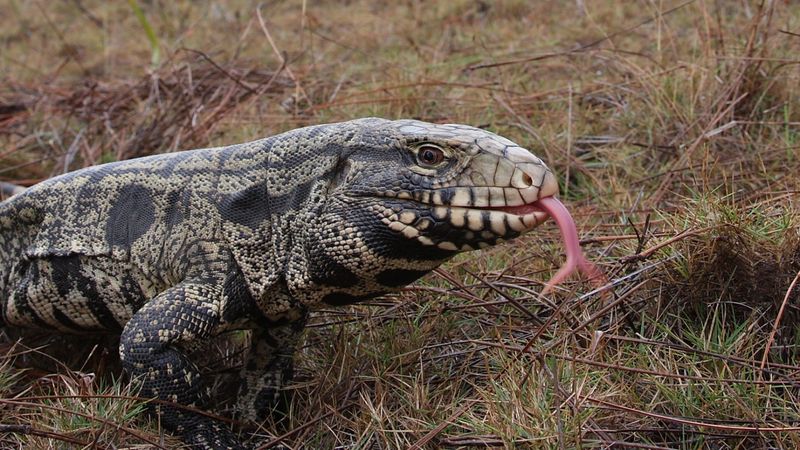
Argentine black and white tegus are the newest reptilian threat storming through Florida. Unlike their pickier invasive cousins, these intelligent lizards eat practically anything—eggs, fruits, insects, small animals, you name it!
Growing up to four feet long with distinctive black and white markings, tegus look like miniature dinosaurs roaming through neighborhoods. Their intelligence makes them particularly difficult to trap.
During a camping trip near Miami last year, one bold tegu raided our cooler when we weren’t looking! With established breeding populations in multiple counties, wildlife officials fear they’ll soon rival pythons in ecological impact.
Control Measures and Public Involvement
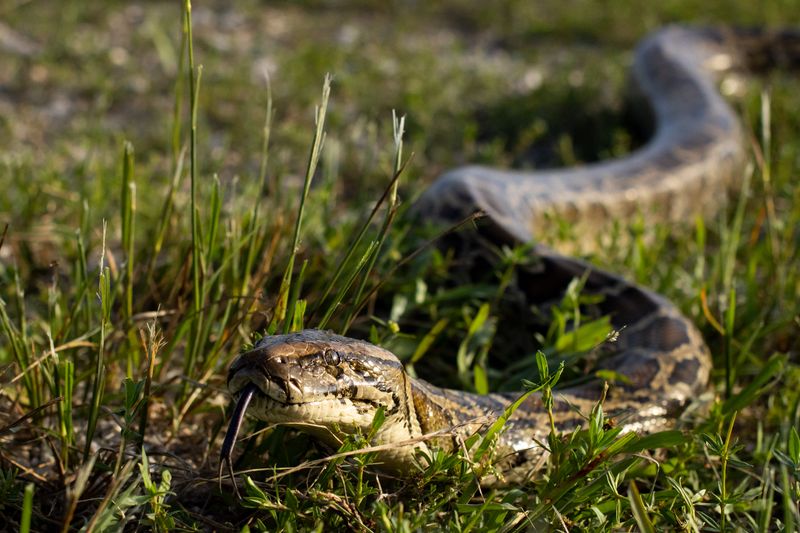
Florida’s fighting back against the scaly invasion with increasingly creative tactics. The Python Challenge—an annual hunting competition—has removed thousands of pythons from the Everglades since 2013.
Detector dogs now sniff out pythons with remarkable accuracy.
For iguanas, professional removal services use approved tools and specialized traps. The FWC encourages homeowners to humanely manage invasive reptiles on private property.
Apps like IveGot1 allow citizens to report sightings, creating a crowdsourced tracking system that helps officials monitor and manage invasive species more efficiently.
Ecological Impacts and Ongoing Challenges
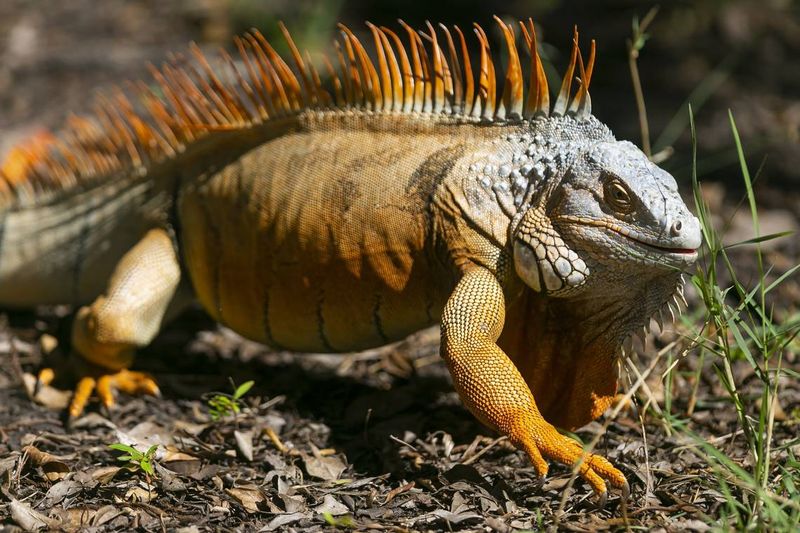
The reptile invasion represents an ecological disaster unfolding in slow motion. Native birds, mammals, and reptiles face unprecedented pressure from these foreign competitors. Everglades food webs have been fundamentally altered, with cascading effects we’re only beginning to understand.
Climate change complicates matters further. Warming temperatures expand suitable habitat for these tropical invaders northward. Containment seems impossible—the best-case scenario is managing populations to protect key ecosystems.
Despite spending millions annually on control efforts, Florida’s invasive reptile problem continues growing. As someone who cherishes Florida’s unique ecosystems, watching this battle unfold breaks my heart.
